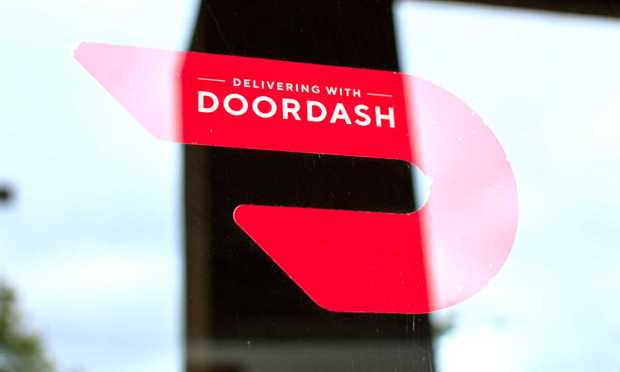DoorDash Gets Into the Returns Business

DoorDash is scaling its network and looking to cash in on consumer frustrations with package returns.
This, as the on-demand delivery aggregator announced Wednesday (Jan. 4) that it was launching it new “Package Pickup” feature, through which consumers can request a driver to pick up prepaid UPS, USPS and FedEx packages to be returned to the designated location.
The service costs $5 for up to five packages, or $3 for DashPass subscription members.
“We are excited to introduce Package Pickup as a seamless and efficient offering for those looking to make returns during the busy post-holiday season and throughout the year,” Gagan Gupta, product manager at DoorDash, said in a statement. “The extensibility of our platform allows us to power all local commerce and local delivery needs, with this newest offering enabling us to meet time-starved shoppers wherever they are.”
That word “extensibility” is doing a lot of heavy lifting there, with DoorDash increasingly expanding its offerings far past its initial restaurant delivery niche: offering new kinds of items, extending into on-premise restaurant technology and even shipping items for delivery at a later date.
This particular feature suggests that DoorDash is seeking to drive more revenue from its costly-to-maintain network of gig workers at a time when, amid the economic downturn, aggregators are struggling. For instance, PYMNTS reported last week said that Instacart has lowered its valuation by 20% in the fourth such reduction this year.
Certainly, the opportunity is there in terms of consumers’ frustrations with the package returns process, as can be seen in major retailers’ recent attempts to improve the process for their customers. On Thursday (Dec. 29), Amazon announced that it was making box-free returns available at a range of locations.
Additionally, Walmart, the world’s largest retailer, announced in September the launch of features meant to make the returns process easier: curbside returns and return pickups from home.
DoorDash’s move to capitalize on this source of frustration comes as the company’s future appears hazy in the midst of ongoing economic challenges.
In the last year, the stock prices of major aggregators — DoorDash, Just Eat Takeaway.com, Deliveroo, Delivery Hero and, to the extent that it counts as an aggregator, Uber — have plummeted.
While some of DoorDash’s competitors have achieved profitability or gotten close, DoorDash continues to rack up losses. The company maintains that its investments in growing its offerings continue to point the way toward long-term profitability.
“In terms of profitability, we wouldn’t do any of these things, unless we believe there was a path to attractive unit economics,” Chief Financial Officer Prabir Adarkar told analysts on a call in November discussing the company’s third quarter financial results.
Yet, with investors proving less willing to bet on companies that have not yet achieved profitability in the face of worsening economic conditions, it is becoming all the more imperative for firms to bring in additional revenue as soon as possible.
“Any company that stopped [being] profitable today is not going to make it next year. There’s going to be less capital to give them that runway to operate,” Victor Tam, co-founder and CEO of D2C travel and luggage brand Monos, predicted in an interview with PYMNTS.
